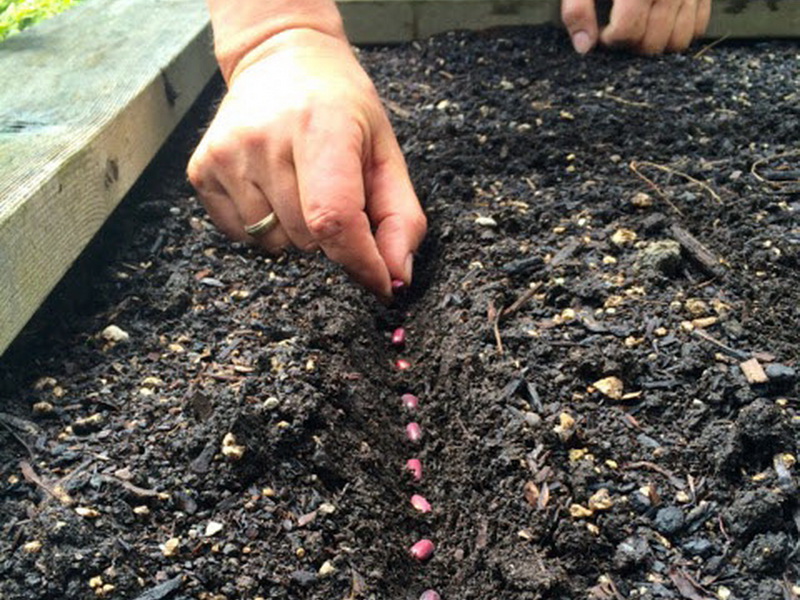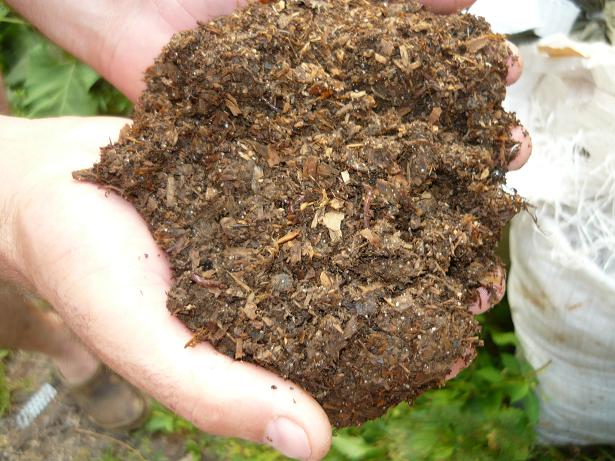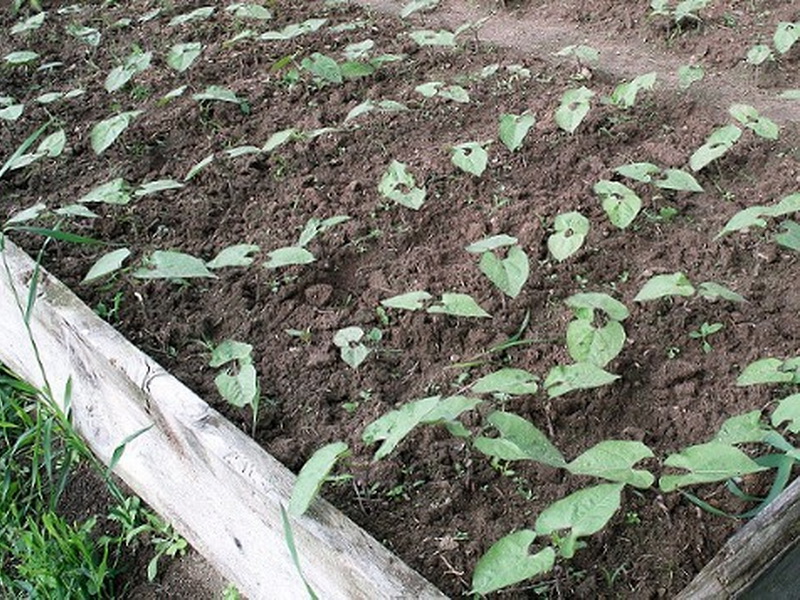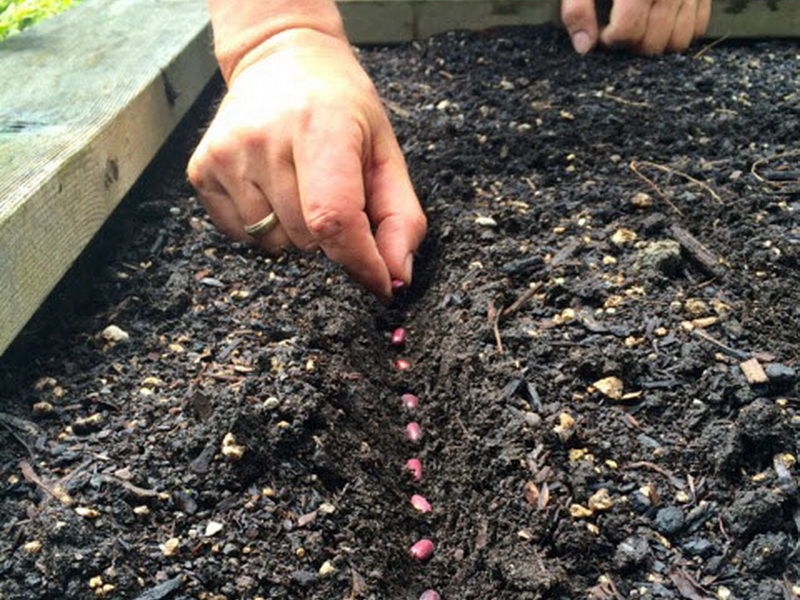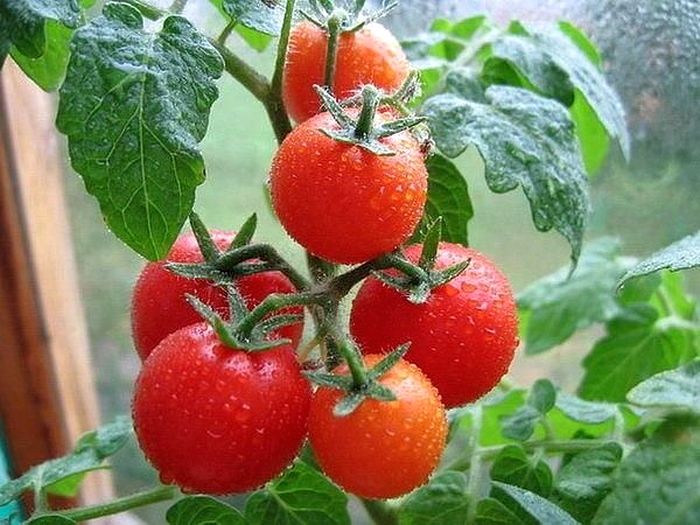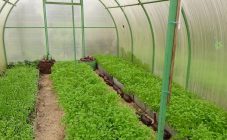Content:
Self-cultivation of beans on their plots and windowsills has a number of advantages: ease of maintenance, soil enrichment with nitrogen, cold resistance. But for this it is important to figure out how to plant beans, what growing schemes are and some other subtleties.
How to prepare beans for planting in the spring in the garden and at home
Variety selection is essential to efficiently growing beans. There are 2 types of beans for sale:
- common varieties for dry and fresh use;
- pod varieties (fresh or frozen pods are used for food).
Common common legumes include:
- hyacinth beans;
- plain beans;
- Chinese Winga;
- horse beans;
- chickpeas.
The most popular leguminous crops are:
- green beans;
- black Eyed Peas;
- Azuki beans;
- Mash.
Planting beans requires proper handling. Before planting seeds in open ground or a pot at home, it is recommended to prepare them - soak them in warm water for a day. Such a procedure will increase germination and early yield.
Purchased seeds undergo a special treatment before sale, when using your own beans, they should be treated with a salt solution (for 1 liter of warm water, 30 g of salt). It is necessary to keep the seeds of the culture in it for 10 minutes.
The further soaking procedure is carried out using a special technology:
- The peas are placed in a deep plate.
- Pour water 1 cm above the level of the beans.
- Leave the seeds in this form until morning (at least 10 hours).
After soaking, it is important to watch carefully:
- If the seeds float, they cannot be used, they are susceptible to grain infection.
- Those seeds that have sunk to the bottom are usable.
How to germinate beans for early germination:
- Rinse the seeds under warm running water, wrap in cheesecloth, place in a bag.
- Leave to germinate for 2 days at room temperature.
- It is recommended to check the seeds 2 times a day for the presence of mucus, decay.
If it's not time to sow seeds, then such sprouts can be stored in the refrigerator for 1-2 weeks without overgrowing.
Differences between planting beans in the garden and at home
The difference between planting legumes in open ground and at home in a pot lies in the choice of the place of sowing the material, top dressing:
- To grow legumes outdoors, the predecessors (plants that were grown in the selected location last year) are essential. It is better if before that potatoes, pumpkin, cucumbers grew there.
- You can only plant legumes in the same place after 5 years.
- When grown outdoors, it is recommended to use saturated phosphorus-potassium fertilizers.
- Legume sprouts don't like too acidic soil, so alkaline soil is a good choice. To correct the condition of the soil, before sowing the seeds, you need to add a deoxidizer to the soil, for example, ash, chalk, dolomite.
- Growing in indoor pots, many overfeed with fertilizers.In this case, a lot of greenery (large bush) grows to the detriment of the harvest.
How to plant correctly
When choosing a place for planting legumes in the open field in the country, in the garden, it is recommended to give preference to the warmest place protected from the wind. The planting area should be bright, sunny, as the beans do not grow in the shade. When planting a culture on a windowsill in a house, additional lighting (phytolamps) is required.
If there is no loggia, but there is a desire to grow beans at home, then boxes with seedlings can be placed on the windowsills. However, sowing seeds is not possible until March.
How to plant beans at home and in the garden, what you need to do in advance:
- Pull out all the weeds, preferably by the roots.
- Dig up the beds to the depth of the bayonet shovel.
- Fluff and loosen the ground.
- Apply fertilizers to the planting sites (purchased mixtures, compost, humus).
In general, gardeners argue that the quality of the soil is not of fundamental importance for legumes, because they themselves are highly effective green manures. Nitrogen accumulates at the tips of the tubers, which heals and revives the soil. Such a solution at a summer cottage will allow not only to enrich the land with nitrogen, but also to get a tasty harvest.
When growing beans at home, special attention should be paid to choosing a container for sowing and growing crops:
- For bush seedlings, it is worth giving preference to a capacity of at least 2-2.5 liters.
- Climbing plants will grow well in spacious boxes and containers (at least 30 liters).
The cultivation process is quite simple and fun, because legumes are unpretentious crops. The seeds grow well at low temperatures, they can withstand light frosts down to -6-7 ° C. Due to this, plants can be planted in open ground relatively early, as soon as the last snow melts, but much depends on the climatic characteristics of each region.
Planting material is planted in the ground in the last week of April or the first week of May. This is the most optimal time: the soil is enriched with moisture from freshly melted snow, the ground temperature is 3-5 ° C.
Sowing seeds later, the gardener can get unsuccessful shoots, the culture will be predisposed to diseases, pest damage.
Landing scheme
Based on how to properly plant, cultivate beans and which scheme to choose, the level of germination and yield depends. You can plant beans according to 2 main methods:
- Single-row wide-row method, in which there are intervals in the row spacing of at least 40-45 cm. Thanks to this, adult plants do not interfere with each other. The method belongs to the relatively fast ripening sprouts.
- Two-line tape method, in which between the ribbons 45 cm, between the lines - 20 cm. In the row between each seed there should be at least 10 cm. Seeds should be sealed about 8 cm into the ground. In general, the seeding rate in this case is 25-30 g per 1 m².
The plant grows well separately in the garden or together with other crops, for example, potatoes. To prevent the seedlings from freezing, they can be covered in spring with a portable plastic wrap.
If you want to get an earlier harvest, legumes can be planted with seedlings. It is worth planting seeds at home in peat pots 25-30 days before planting. You can plant seedlings in open ground in mid-May.
How to plant legumes on the site? The standard instruction for growing legumes outdoors is as follows:
- Prepare planting material.
- Sow peas according to the scheme in pre-fed, fluffy soil.
- Cover with earth, compact, water.
- Cover the garden bed from the last frost, birds (you can use, for example, agryl, film).
Further care
To get a high yield, carrying out the correct cultivation steps, you should heed the advice of experts:
- To ensure better pollination of flowers, it is recommended to attract pollinating insects to the planting site. To do this, you can sprinkle the stems with sugar syrup from a spray bottle (1 tablespoon per 1 liter of water).
- Leguminous plants bear fruit several times per season, so planting material can be planted in 2-3 stages: in late spring, early summer, and even in mid-July. But this is only possible with early maturing varieties.
- The most important step in growing is watering the sprouted beans, especially in dry weather. Experienced gardeners recommend to carry out the procedure 1 time in 4-5 days. Special attention should be paid to watering the period when the culture blooms and fruit ovaries are formed.
- After each watering, you need to loosen and plow the soil, as well as carry out weeding, removing weeds. Conduct such events at least 2 times a week.
- With the secondary loosening of the soil, the bushes are recommended to huddle, but when the leaves close the distance between the rows, the procedure can be stopped. This most often occurs when the bushes reach 45-60 cm in height.
- To ensure uniform growth of beans, ripening of fruits, it is required to shorten the growing season. In this case, you need to pinch the tops of the main stems. It also helps to prevent the appearance of aphids during the flowering of the plant.
- When the crops grow and get stronger, it is worth thinking about the formation of a structure for tying bushes and climbing shoots. Depending on the structure of the stem, the height and power of the supports are selected. To do this, you can drive in pegs near the bushes, pull a string or net over them. This will help preserve the integrity of the bush, protect it from damage due to wind or heavy rain.
- To get sweet and ripe fruits, you need to add fertilizing to the soil in the form of a solution of wood ash during the flowering period of the bushes. To do this, you can dilute ground wood ash (1 kg or 2 cans of 1 liter each) in 1 bucket of water (10-12 liters).
- For pest control of legumes, white mustard or red hot peppers can be planted between rows or near the planting site.
- Even at home, it is important to properly care for - pay special attention to pest control, for example, weevil or spider mites. For this, a wide range of biological products is on sale.
- You need to harvest the crop 3-4 weeks after flowering. The main indicator will be the cracking of the pod valves, with the upper pods ripening much earlier.
Legumes are an important source of vitamins, amino acids, so essential for humans. Competently growing beans, planting and caring for which are not difficult at all, can a novice gardener even at home on the windowsill. You just need to adhere to the advice and recommendations of the specialists described above.
